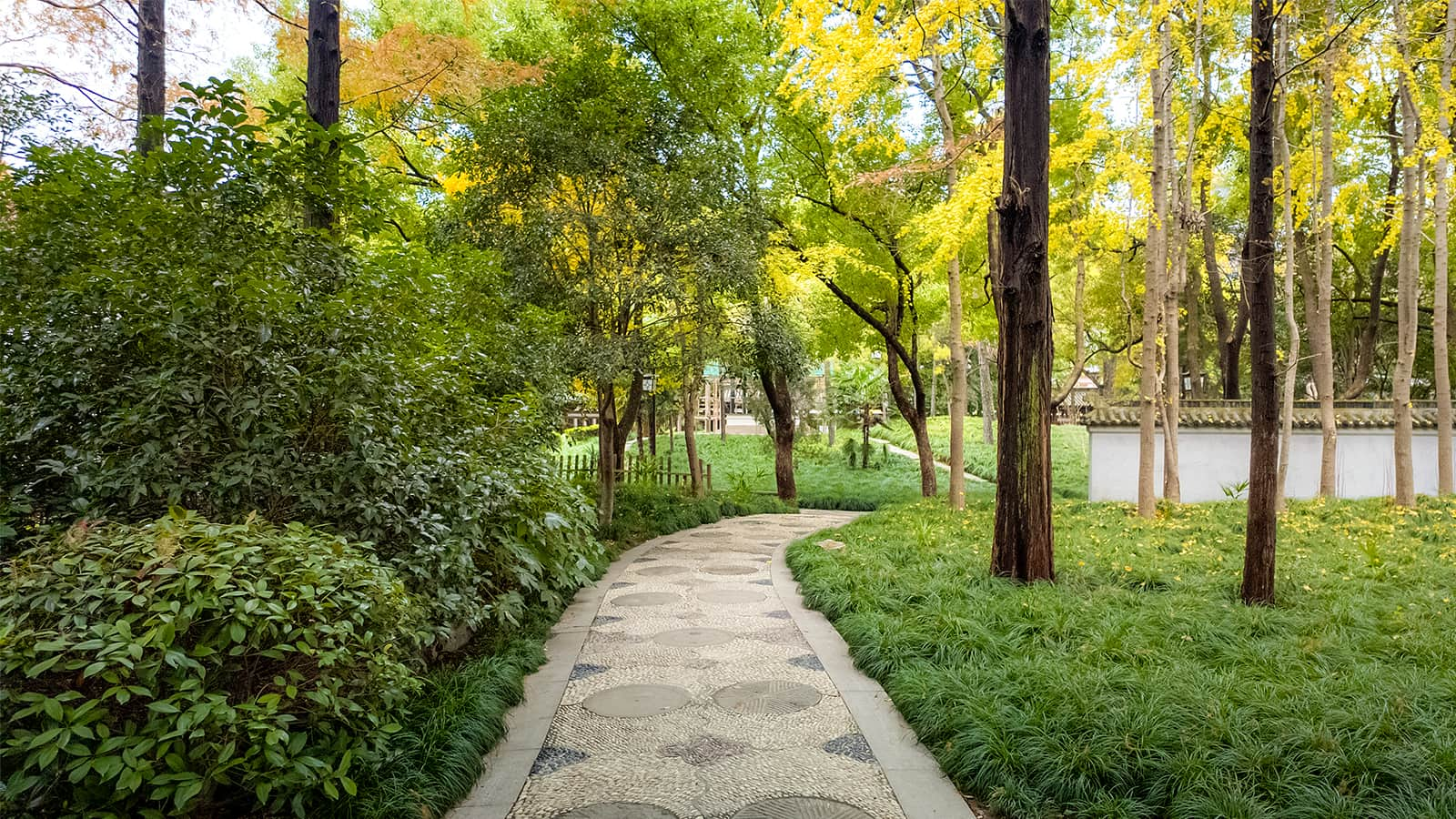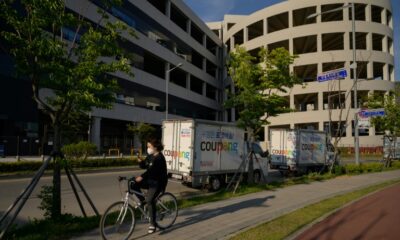Science
Urban Green Spaces Face Climate Vulnerability, Study Reveals

Urban green spaces are experiencing an unexpected vulnerability to climate change due to a surprising lack of soil biodiversity, according to a recent study published in Nature Cities. Researchers from the University of Alberta, led by professor Scott Chang, have found that urban parks and residential areas contain higher levels of certain soil organisms but are also more homogenous compared to natural forests and farmlands. This homogenization may make urban soils less resilient to climate-related stresses.
The study analyzed over 200 soil samples collected from 13 cities across different climate regions in China. The research team compared microbial communities found in four distinct land-use types: forests, farmlands, urban parks, and residential green spaces. The findings revealed that urban parks and residential areas consistently harbored a greater diversity of bacteria, fungi, and protists—tiny organisms crucial for soil health—than their forest and farmland counterparts.
In urban parks, the number of species of these organisms increased by 14 to 17 percent compared to forests. Residential areas displayed even higher diversity, with bacteria and protists showing increases of 15 and 20 percent, respectively. This elevated richness is attributed to higher soil pH levels, likely resulting from urban management practices such as liming and fertilization, which create more favorable conditions for diverse microbial life.
Despite this local diversity, the study highlighted a concerning trend: urban soil communities across different cities became approximately 13 percent more alike than those in nearby forests. This loss of ecological uniqueness in urban soils makes them more susceptible to environmental pressures, including extreme weather events.
Scott Chang emphasized the implications of these findings, stating, “There is a risk for those otherwise locally diverse microbial communities to respond to large-scale environmental changes all in a similar way, and as a result, ecosystem resilience could be lowered.”
The research underscores the need for urban planners and policymakers to consider the long-term impacts of urbanization on soil health and biodiversity. As cities continue to grow, recognizing the interconnectedness of urban green spaces and their ecological functions is crucial for fostering resilient urban environments.
In light of these findings, further investigations are necessary to explore methods for enhancing soil biodiversity in urban areas. By prioritizing diverse microbial communities, cities can better prepare for the challenges posed by climate change and ensure healthier ecosystems for future generations.
-

 Politics4 weeks ago
Politics4 weeks agoSecwepemc First Nation Seeks Aboriginal Title Over Kamloops Area
-

 World5 months ago
World5 months agoScientists Unearth Ancient Antarctic Ice to Unlock Climate Secrets
-

 Entertainment5 months ago
Entertainment5 months agoTrump and McCormick to Announce $70 Billion Energy Investments
-

 Science5 months ago
Science5 months agoFour Astronauts Return to Earth After International Space Station Mission
-

 Lifestyle5 months ago
Lifestyle5 months agoTransLink Launches Food Truck Program to Boost Revenue in Vancouver
-

 Technology3 months ago
Technology3 months agoApple Notes Enhances Functionality with Markdown Support in macOS 26
-

 Lifestyle3 months ago
Lifestyle3 months agoManitoba’s Burger Champion Shines Again Amid Dining Innovations
-

 Top Stories2 months ago
Top Stories2 months agoUrgent Update: Fatal Crash on Highway 99 Claims Life of Pitt Meadows Man
-

 Politics4 months ago
Politics4 months agoUkrainian Tennis Star Elina Svitolina Faces Death Threats Online
-

 Sports5 months ago
Sports5 months agoSearch Underway for Missing Hunter Amid Hokkaido Bear Emergency
-

 Politics5 months ago
Politics5 months agoCarney Engages First Nations Leaders at Development Law Summit
-

 Technology5 months ago
Technology5 months agoFrosthaven Launches Early Access on July 31, 2025





















